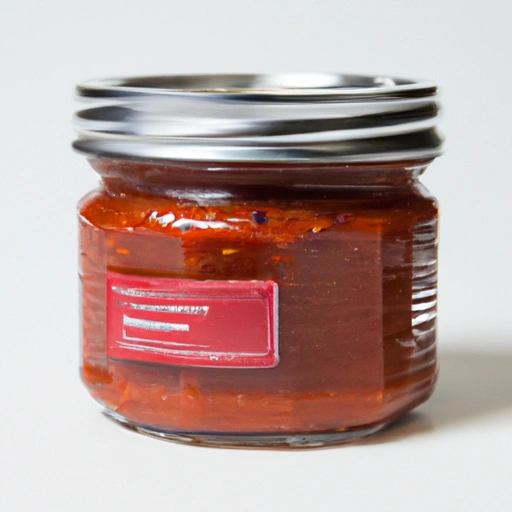Chile Paste
Description

Chile paste is a spicy blend, commonly used in a variety of cuisines across the globe to add heat and depth of flavor to dishes. Made from ground chili peppers, this condiment can range from mild to extremely hot, depending on the type of peppers used. It often includes additional ingredients such as oil, garlic, vinegar, and herbs to enhance its complexity and shelf life. Available in both concentrated and diluted forms, chile paste is a staple in pantries from Asia to America and beyond.
Common uses
Chile paste is often used as a marinade, a condiment, or a flavoring agent in soups, stews, and sauces. It serves as a base for curries, gives heat to salsas, and can be found as a fiery addition to dips and spreads. Its versatility in the kitchen makes it a beloved ingredient among chefs and home cooks alike.
Nutritional value
Calories
Chile paste typically contains about 25 to 90 calories per tablespoon (15 to 45 grams), depending on its ingredients and concentration.
Protein
Protein content is usually low, around 0 to 2 grams per tablespoon (15 to 45 grams).
Fat
Fat content can vary but is generally between 0 to 5 grams per tablespoon (15 to 45 grams), with some pastes made with oil having slightly more.
Carbohydrates
Carbohydrates in chile paste are primarily from sugars and dietary fiber, ranging from 5 to 15 grams per tablespoon (15 to 45 grams).
Vitamins
Chile paste can be a source of Vitamin A and Vitamin C, thanks to the chili peppers used in its production.
Minerals
It may also contain minerals like potassium and magnesium in small amounts.
Health benefits
The capsaicin in chili peppers, which is the main component in chile paste, is known for its anti-inflammatory properties, and can aid digestion. Regular consumption of capsaicin has been linked to reduced risk of heart disease and metabolic syndrome. It may also boost metabolism and help in weight management.
Potential risks
For individuals with sensitive stomachs or conditions such as IBS, consumption of chile paste might exacerbate symptoms. Those with capsaicin allergies or sensitivities should also avoid it, as it can cause irritation or allergic reactions.
Common recipes
Chile paste is used in recipes like stir-fries, soups like ramen or pho, marinades for meats, and in dipping sauces such as the one for spring rolls. It's also a key ingredient in many chili recipes and barbecue sauces.
Cooking methods
It can be added during the cooking process to infuse dishes with heat, or used as a finishing touch for a burst of flavor. In some cases, it's also used as a spread on sandwiches or mixed into dressings and aiolis.
Pairing with other ingredients
Chile paste pairs well with ingredients like coconut milk, which balances its heat, as well as with proteins like chicken, pork, or tofu, which absorb its flavors. It also complements vegetables like eggplant and mushrooms.
Summary
Chile paste is a fiery and flavorful ingredient that brings heat and complexity to a plethora of dishes across various cuisines. While it is nutritious and has health benefits, it should be consumed in moderation, especially by those with digestive sensitivities. Its adaptability in the kitchen makes it a favorite for adding a spicy kick to countless recipes.